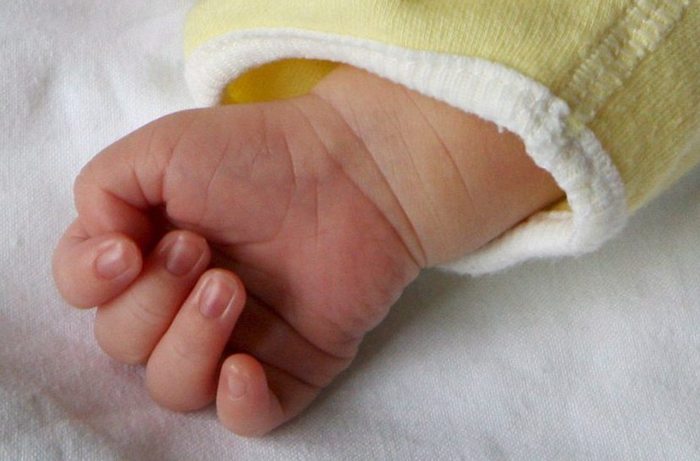Worldwide, there is a high mortality rate among newborns from sepsis because the antibiotics used to treat this serious infection are losing their effectiveness. It emerges from an observational study conducted globally between 2018 and 2020 and published in Plos Medicine.
The study involved more than 3,200 newborns suffering from sepsis in 19 hospitals in 11 different countries and was conducted by the Global Antibiotic Research and Development Partnership (Gardp), in collaboration with various universities. For Europe, the Bambino Gesù Pediatric Hospital participated as a quality control facility compared to the developing countries included in the research, where high mortality was detected among newborns with positive blood cultures (on average almost 1 in 5) and a high level of antibiotic resistance.
The mortality rate in the 19 hospitals involved in the study varied widely, ranging from 1.6% to 27.3%, with much higher numbers in low- and middle-income countries.
The study also revealed a wide and worrying difference in treatments. More than 200 different combinations of antibiotics in use have been identified in hospitals, with frequent changes of antibiotics during treatment to cope with high treatment resistance. For this same reason, many doctors have been forced to use antibiotics such as carbapenems, classified by the World Health Organization as Watch antibiotics, that is, to be preferred only for specific and limited cases, since it is important to preserve their use. However, carbapenems have often been found to be the only antibiotics capable of curing the infection.
Based on the data collected, the team developed two tools to be used in clinical trials and in neonatal intensive care units around the world: the NeoSep Severity Score, based on 10 clinical signs and symptoms, which doctors can use to identify infants most at risk and ensure they receive the care they need quickly; and the NeoSep Recovery Score, which using many of the same clinical signs and symptoms, will provide clinicians with key insights into whether to step up care.
breaking latest news © Copyright ANSA
